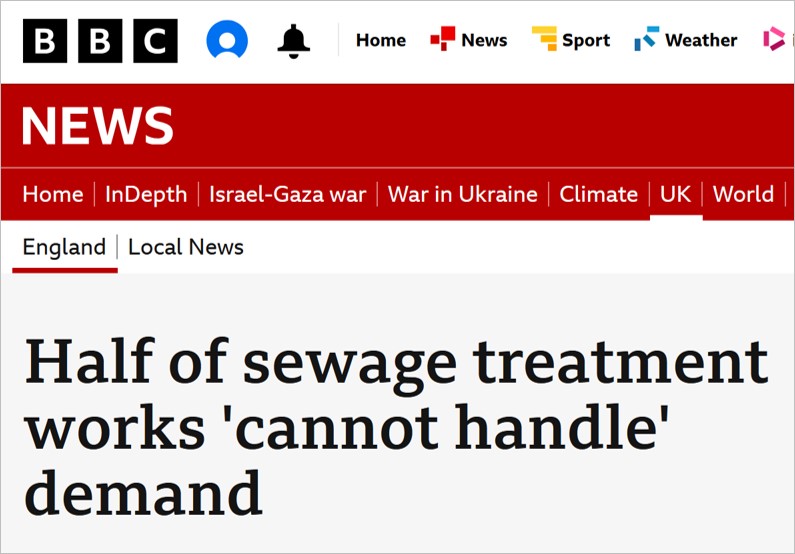According to a BBC New item, a recent study by the Oxford Rivers Improvement Campaign (ORIC) indicates that more than half of the 351 wastewater treatment works operated by Thames Water could not handle the amount of sewage arriving.
Thames Water sewage treatment works ‘cannot handle’ demand – BBC News
EBNet members, many of whom work in or with the water industry, may have their own views on how things got to this point: as noted in previous posts, factors such as increasing population and changes in rainfall patterns and drainage areas are matched by a dismal record of under-investment and weak regulation. As a Network, our aim is to help find solutions. It is not always easy, or even possible, to expand existing sites: there may simply be no space, and even if new systems are more effective operational plant cannot be demolished to make room for them. But there are solutions.
EBNet’s Dr Yongqiang Liu said “We are continuing to develop processes with smaller physical and environmental footprints, including aerobic granular systems and anaerobic treatment. Another key area of innovation is process intensification, where simple process modifications can change the nature of microbial communities and the form of the sludge, allowing us to increase the treatment capacity of existing facilities at low cost and without a large demand for extra space. All of this is enabled by our growing understanding of the interactions between complex microbial communities and their engineered environments – a key theme of EBNet”.
For more information on this topic see the Aerobic Granulation WG, led by Dr Liu, and watch some of their webinars and animations on the WG’s YouTube Playlist.



